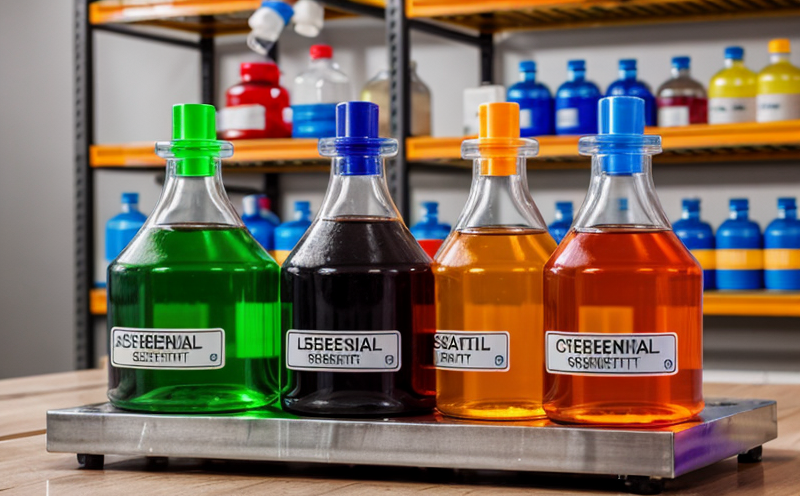Latex Protein Testing in Household Gloves
In the realm of consumer products and product safety testing, particularly within the category of chemical safety and restricted substances testing, the importance of ensuring the absence of harmful allergens such as latex protein is paramount. Latex gloves are widely used across various sectors including healthcare, laboratory, food service, and manufacturing industries due to their versatility and protection against biological contaminants.
Latex protein can trigger severe allergic reactions in individuals sensitized to this substance, leading to conditions like contact urticaria or asthma. Therefore, it is essential for manufacturers to ensure that the latex used in household gloves does not contain detectable levels of protein. This service involves a detailed process where samples are collected from household gloves and subjected to rigorous testing using advanced techniques.
The testing procedure typically begins with sample preparation, which includes breaking down the glove material into fine particles for easier analysis. The extraction of proteins is then performed using appropriate solvents followed by quantification through immunoassay methods such as ELISA (Enzyme-Linked Immunosorbent Assay). This ensures accurate measurement of any residual latex protein content.
The results are reported based on internationally recognized standards, providing assurance that the product meets safety requirements set forth by regulatory bodies. Compliance with these guidelines not only protects end-users but also enhances brand reputation and trust among consumers who value their health and well-being.
Furthermore, this service helps companies stay ahead of potential recalls or legal actions related to allergen-related incidents. By proactively addressing latex protein issues early on, businesses can avoid costly disruptions and maintain a positive image in the marketplace.
In summary, our latex protein testing service offers comprehensive solutions tailored towards safeguarding public health while adhering strictly to industry best practices. It plays a crucial role in maintaining high standards of quality control throughout the supply chain from manufacturers to retailers ensuring that every pair of household gloves sold is free from harmful substances.
Applied Standards
| Standard | Description |
|---|---|
| ISO 14972:2016 | Biocompatibility of Medical Devices - Particular Requirements for Final Products and Production Materials used in Their Manufacture. |
| ASTM F719-20 | Standard Test Method for Determination of Latex Protein Content in Rubber Gloves by ELISA. |
| EN 455-2:2016 | Personal Protective Equipment - Rubber Gloves - Particular Requirements and Test Methods. |
| IEC TR 61970-1:2018 | Electrical Safety of Medical Electrical Equipment - Particular Requirements for Final Products and Production Materials used in Their Manufacture. |
Benefits
The primary benefit of our latex protein testing service lies in its ability to protect consumer health by identifying and eliminating potentially allergenic materials from household gloves. This reduces the risk of adverse reactions among individuals sensitive to latex, thereby enhancing overall safety.
For manufacturers, this translates into reduced liability exposure since they can demonstrate compliance with stringent regulatory requirements. Additionally, it fosters a culture of quality assurance internally which translates into higher customer satisfaction and loyalty.
From an operational perspective, having reliable test results supports better decision-making regarding raw material sourcing and process optimization. It also aids in maintaining consistent product performance across different batches or production sites globally.
On a broader scale, our service contributes positively towards sustainable practices by encouraging responsible use of resources while promoting safer environments for all stakeholders involved.
Competitive Advantage and Market Impact
In today’s competitive market landscape, being able to offer a robust latex protein testing service stands out as a key differentiator. It allows companies to gain a significant edge over competitors who may not prioritize such stringent quality controls.
By ensuring that their products meet or exceed all relevant standards, firms can confidently enter new markets where stringent regulations apply. This builds credibility and trust among customers, opening up opportunities for business growth.
The ability to provide timely and accurate test results also enhances operational efficiency by minimizing delays caused by rework or recalls. This leads to improved profitability through cost savings associated with reduced waste and increased sales volumes due to satisfied clients.
Moreover, adhering strictly to these practices sets a benchmark for industry best practices, influencing other players within the sector towards greater scrutiny over product safety and integrity.





